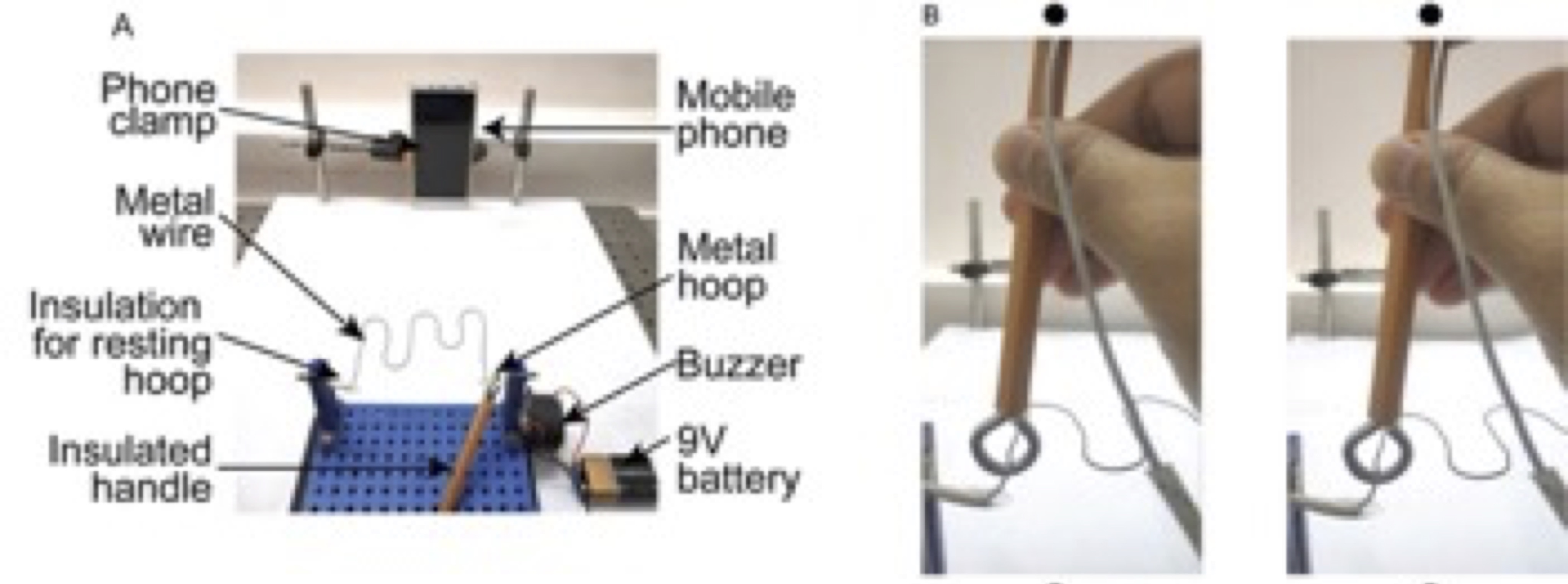Conference Name
Conference Location
Abstract
Introduction: The presence of two horizontally displaced eyes in humans creates binocular retinal disparity for calculating 3D depth information [1]. This, combined with additional monocular cues, like motion parallax, relative size, etc., creates a veridical representation of depth that allows us to perform our activities of daily living [2]. Of these depth cues, retinal disparity and motion parallax provide quantitative depth information while other cues supplement this experience by providing ordinal depth information [2]. Human beings are thought to derive the final depth estimate of an object from a weighted average of these depth cues, with the retinal disparity cue derived from binocular parallax accorded the maximum weightage owing to high precision in providing depth estimates [2]. While habitual viewing is binocular, permanent loss of vision in one eye (henceforth, referred to as uniocular viewing) may occur in humans owing to a variety of reasons including trauma, disease, and congenital/developmental anomalies making retinal disparity absent. Such uniocular individuals have to then rely only on monocular depth cues for performing their day-to-day activities. While these individuals report difficulties with depth-related dexterity tasks, like pouring water from a jug onto a glass, inserting a key into the keyhole, etc., there are anecdotal instances of cricketers like Nawab Mansur Ali Khan Pataudi, who lost his right eye at the age of 20 due to trauma but successfully played international cricket and was then adjudged to be the “best fielder in the world” [3]. Instances like this raise the question of whether the monocular cues to depth have “sharpened” in the absence of retinal disparity, similar to the way other senses (e.g., auditory) get “sharpened” upon losing eyesight [4]? The present study addresses this issue by asking the following questions: 1) Do extended periods of uniocular viewing make individuals any better in functional depth vision tasks, relative to binocular and monocular viewing of age-similar controls? 2) Does their performance depend on the age and/or duration of uniocularity? 3) Do head movements facilitate the use of monocular cues like motion parallax in deriving depth information?
Methods: Functional depth vision was tested using the buzz-wire game in 46 uniocular subjects [median (25th-75th percentile) age: 23yrs (14–30yrs)] and 46 age similar binocular controls [24yrs (13-28yrs); p=0.78]. The buzz-wire game serves as a prototypical, functional, depth-vision task, in which subjects navigated a circular hoop around a wire without touching it. In case of a contact, a buzzer sounds and the subject needs to recentre the hoop around the wire to move forward [5]. Depth modulation in slant and curvature was created for three buzz-wires. Subjects performed all three buzz-wire tasks, with and without head restraint, all in random order. The performance of uniocular subjects was compared with the binocular and monocular viewing of controls. Performances were video recorded and analysed offline to determine the two primary study outcomes: 1) frequency of errors, which reflects how often the hoop came in contact with the wire per second, and 2) error-adjusted time, which reflects the time to complete the task, minus the time spent in error.
Results: The mean (±SD) frequency of errors of the uniocular subjects [0.32 (±0.10 errors/sec)] was similar to the monocular viewing condition of the controls [0.35 (±0.10 errors/sec); t=1.53; p=0.13], but significantly worse than their binocular viewing [0.17 errors/sec (±0.12 errors/sec); t=-6.90, p<0.001]. No evidence was found for an effect of head restraint on the frequency of errors among the uniocular subjects [0.34 (±0.10) errors/sec, t=-1.50, p=0.14], or controls performing the task under monocular [0.37 (± 0.89) errors/sec, t=-1.52, p=0.13]. The error-adjusted times of uniocular participants [34.16 sec (±13.57 sec)] was similar to the monocular viewing of controls [32.62 (±13.03 sec); t=-0.56, p=0.58], but longer than their binocular viewing [24.23sec (±9.32sec), t=-4.09, p<0.01]. A multiple regression analysis found a significant impact of the presenting age on frequency of errors (p<0.001), but age and duration of uniocularity did not have a significant impact on even while younger participants in both cohorts made more errors than adults.
Discussion: Performance in a complex functional depth vision task remains deficient (longer time with higher errors) in one-eyed individuals, suggesting that monocular cues are unable to substitute for the absence of retinal disparity. The age and duration of uniocularity did not seem to have an additional impact on the performance. Also, these individuals were not observed to make any remarkable head movements to facilitate the use of monocular depth cues for solving the challenges imposed by the task.

